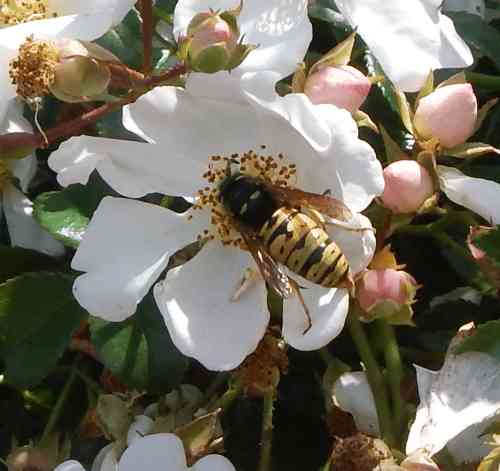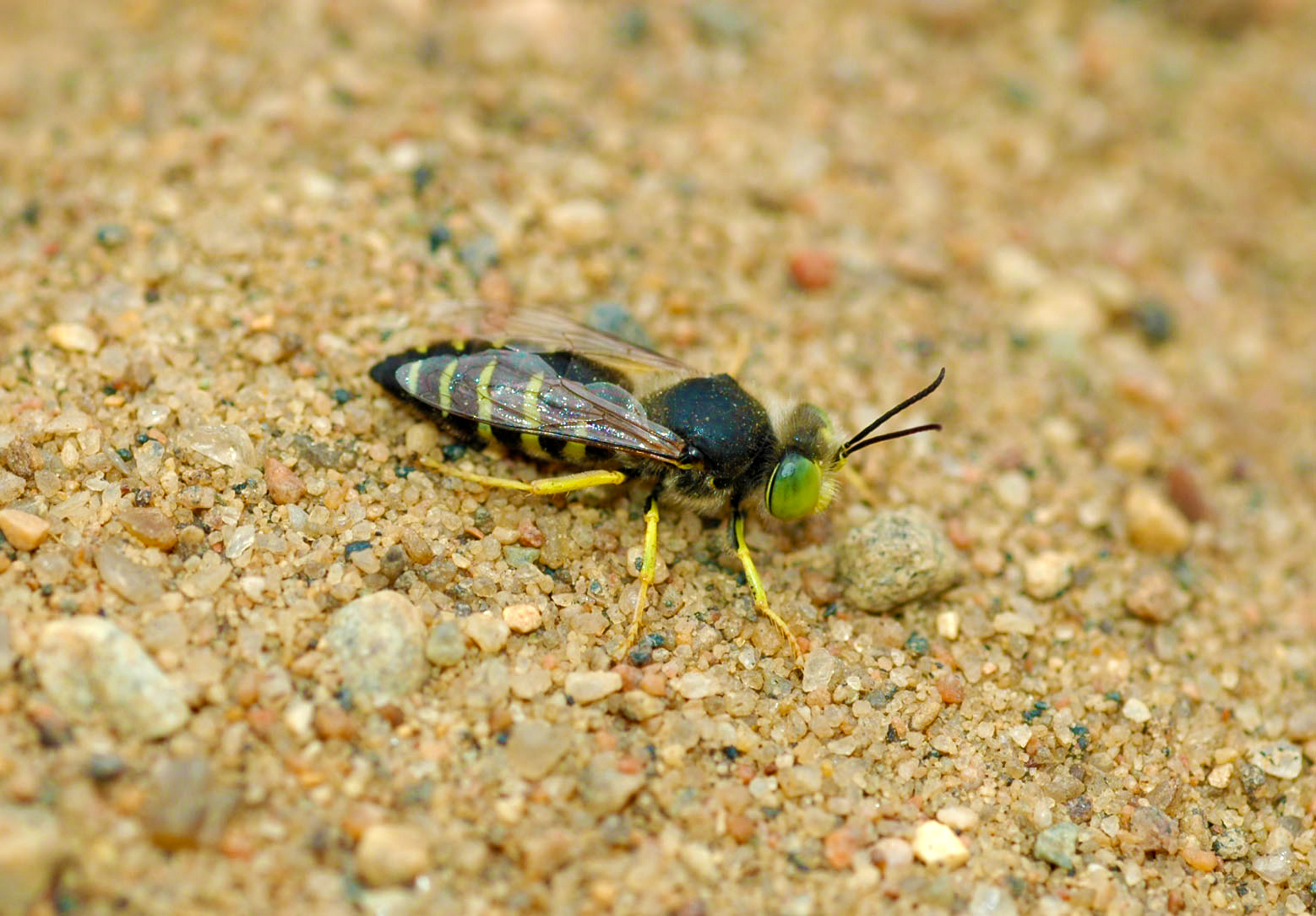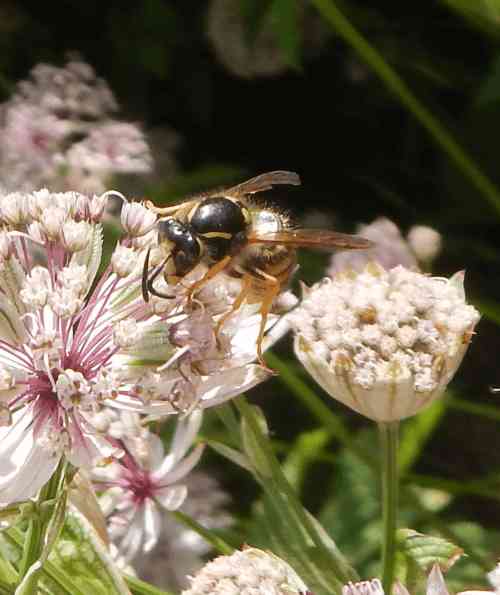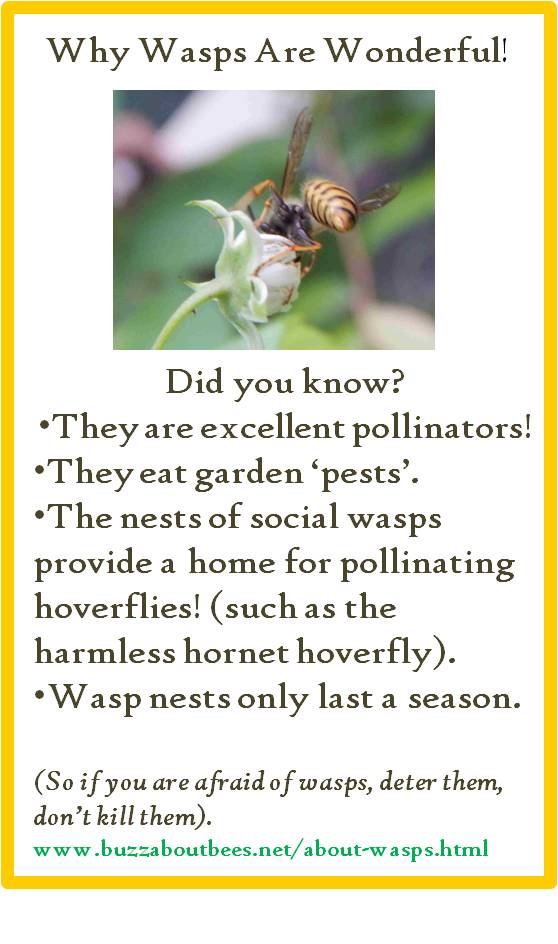wasp life cycle timeline
At this point the queen lays queen eggs and drone eggs. The wasp life cycle has a few key stages which I aim to explain in more detail.
The Wasp Life Cycle When Do Wasps Die Off Hullternative
Throughout Winter the queen wasp hibernates in a cocoon or golf ball-sized hibernation cell having been fertilised by male wasps before hibernation.
. After an overwintering queen emerges in the spring she will build a nest out of wood pulp and raise the first group of w orkers. The life cycle of a wasp is similar to that of a honey bee. Like most insects the wasp goes through the four distinct life stages which are an egg larvae pupae and finally adult queen or worker.
In winter new queens fly away from the nest and hibernate and the nest. The Queen wasps hibernate throughout the winter although this doesnt make them immune to predators who eat them eg. The wasps year starts in the spring.
Once they have achieved adult status male wasps or drones as they are often referred to as tend to die off in the winter a lack of food and the cold weather conditions mean they struggle to survive. The Wasp Life Cycle. Egg larva pupa and adult.
So how long do wasps live. The fertilized female wasp queen hibernates during the winter season. The life cycle of wasps begins in early Spring.
As the days begin to warm up the queen wasps come out from hibernation where they have spent the winter months in a deep sleep. Let us see the different stages in a social wasps life cycle. Wasps have four stages in their life cycle.
For example although worker wasps might survive for 12-22 days the queen can live for over a year. Once she finds a suitable host she uses her ovipositor the stinger-like appendage on her abdomen to lay her egg. We acknowledge Elders past present and emerging.
- braconid wasp life cycle timeline - The adult female usually oviposits into or on the host organism and the braconid wasp larva emerges ready to feed on the host. The parasitoid wasp life cycle begins with the female wasp searching for a host with her antennae. These wasps take over the nest building process rear the young and forage for food for the expanding colony.
As she builds her nest the cells are. When the weather becomes warm again they will emerge from their home to rebuild their nest and start the process of. The Wasps Mature and Leave the Nest.
The wasps nest reaches its maximum size towards the end of the summer. A wasps lifespan however varies greatly depending on its species. - braconid wasp life cycle timeline - The adult female usually oviposits into or on the host organism and the braconid wasp larva emerges ready to feed on the host.
The queen builds a few cells and lays her eggs inside which she rears to be her first worker wasps. Without the virus running interference the wasp eggs would quickly be destroyed by the host insects immune response. The lifespan of a wasp is anywhere between 12-22 days.
They usually leave the nest when the weather turns too cold and they find a place to safely hibernate. The workers will then take on the duties of building on and expanding the nest taking care of the queen and immature wasps. The male deposits his sperms in the queen.
The solitary wasps life cycle is too varied to be discussed here in a generic fashion. There are general components of the wasp lifecycle. The Lifecycle of a Wasp.
Although most eggs develop into workers a few develop into gynes. Wasps are one of the most common stinging insects that pop up around spring and the summer time each year. Egg Queen wasps lay eggs in the wood fiber cells of her nest.
In spring queens emerge from hibernation and make a new nest. They are the only wasp from the colony that will survive the winter. The Life Cycle Of A Wasp.
On average the normal worker wasps lives for 12-24 days. These wasps tend to emerge later in the year and. Each nest can produce around 1500 new queens.
Unlike bees wasps do not reproduce via mating flights. The average lifespan of any queen wasps can be around one year. She also releases pheromones to keep the colony united.
The queen becomes a full-time egg layer and produces 200-300 eggs per day. In autumn the nest produces males drones and females new queens which can reproduce. After mating a new queen flies off to start a new colony typically in a tree a shrub or under a building eave.
If the queen dies prematurely the role can either be taken over by the most dominant worker or a sister of the queen that was unable to establish its own nest. Although the time periods between the two species differ the caste system remains the same. The queen wasps emerge after their hibernation period is over and start building a nest for themselves.
The queen paper wasp has a life cycle of up to one year. The newborn remains an egg for about 5 to 6 days after birth. The queen wasp builds small.
She establishes her nesting site in a cavity. Like most insects the wasp goes through the four distinct life stages which are an egg larvae pupae and finally adult queen. The original queen wasps work is now done.
Entire colonies of wasps start and die off at the same time. They go through stages throughout the seasons which make up their life cycles. The lifecycle of a wasp depends on the species but in general a worker wasps life can last from 12-22 days while a queen can live up.
A single fertile egg-laying queen sterile female workers and male drones. All wasp colonies are arranged with the same system. Where does queen wasp go in winter.
1 Queen lays Eggs. These life cycles can vary depending on the different types of wasps but for most cases the queens lifespan is around 10-12 months. The reproduction involves a fertile queen and a male worker wasp who mate.
The nest Paper wasps are social insects. Life Cycle of Wasp. Below is the generalized paper wasp life cycle.
Some wasps even use their ovipositors to drill through bark or plant tissue to reach their hosts living inside a tree or plant. At this time of year there are no active wasp nests just queens which will begin to look for a suitable place to build their new nests. In Spring the fertilised queen wasp emerges from hibernation and looks for a suitable nesting site to build her colony.
These pesky bugs can cause a lot of pain both physically and mentally for homeowners. The queen wasp chews wood materials and spits the remaining parts which is used for making the nest. The Australian Museum respects.
She finds dead wood such as bark then chews and mixes it with saliva to form paper-like pulp. A queen wasp can lay around 100 eggs per day a typical nest can be home to over 20000 wasps. The development stages of wasps.
A paper wasp colony usually lasts around six to seven months. A single-mated queen emerges from hibernation in the early spring. Adult male wasps and workers die in the winter largely for lack of food.
Over summer the nest expansion and the number of workers increases. The queen hibernates and if she makes it through the winter begins a new nest afresh once spring rolls. Many pest controllers mistakenly.
Interestingly a study published in the Scientific Report found that a strepsipteran parasite extended the life of. On average the normal worker wasps lives for 12-24 days.

Wasps How Do Wasps Nest Other Facts About Wasps The Rspb
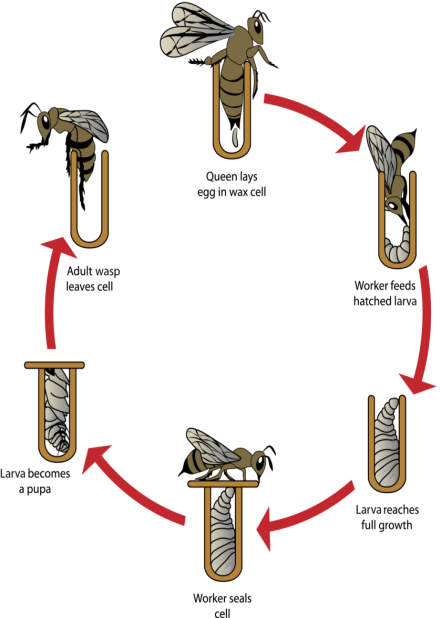
The Wasp Life Cycle Nbc Environment

How Long Do Wasps Live Ehrlich Pest Control Blog

How Do Wasps Build Their Nests Insight Pest Solutions
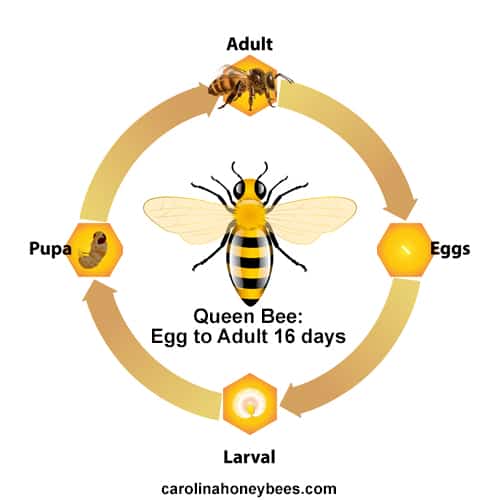
Queen Bee Life Cycle What You Need To Know Carolina Honeybees
Preference Of Polistes Dominula Wasps For Trumpet Creepers When Infected By Xenos Vesparum A Novel Example Of Co Evolved Traits Between Host And Parasite Plos One
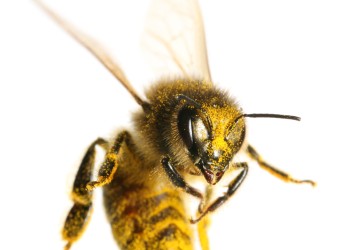
The Wasp Life Cycle When Do Wasps Die Off Hullternative
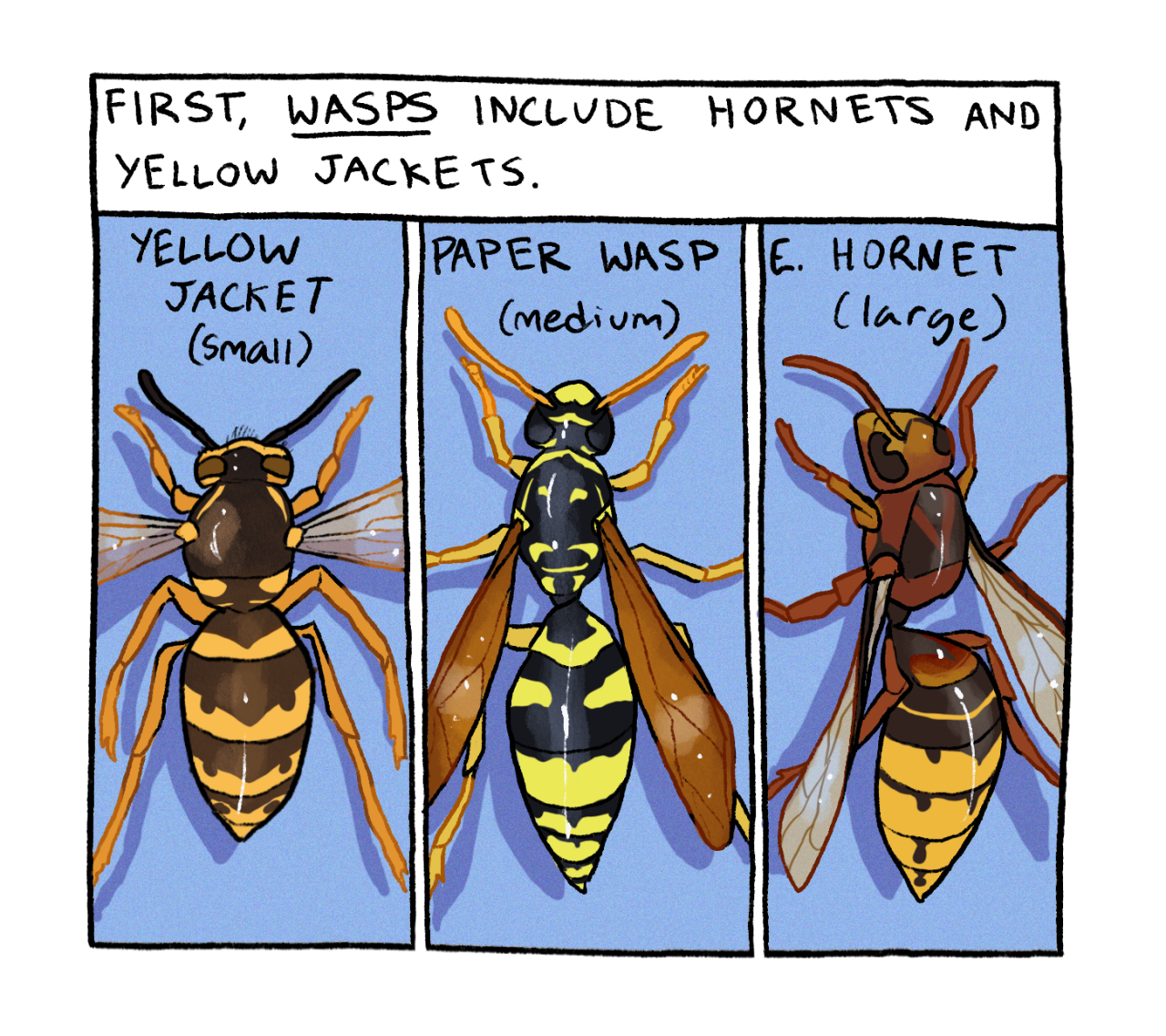
Chickens Of Unusual Size This Has Been A Wasp Psa Yes Wasps Are Nice Bugs
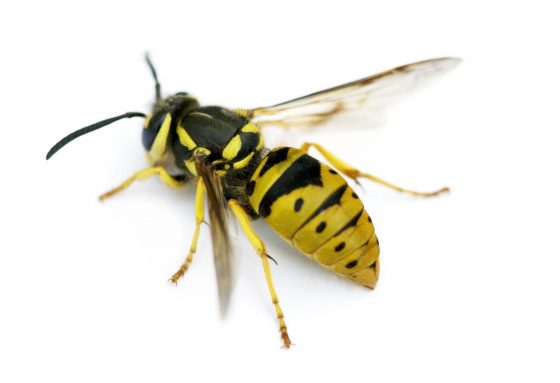
Understanding The Life Cycle Of Yellow Jackets Aai Pest Control

How Long Do Wasps Live Ehrlich Pest Control Blog
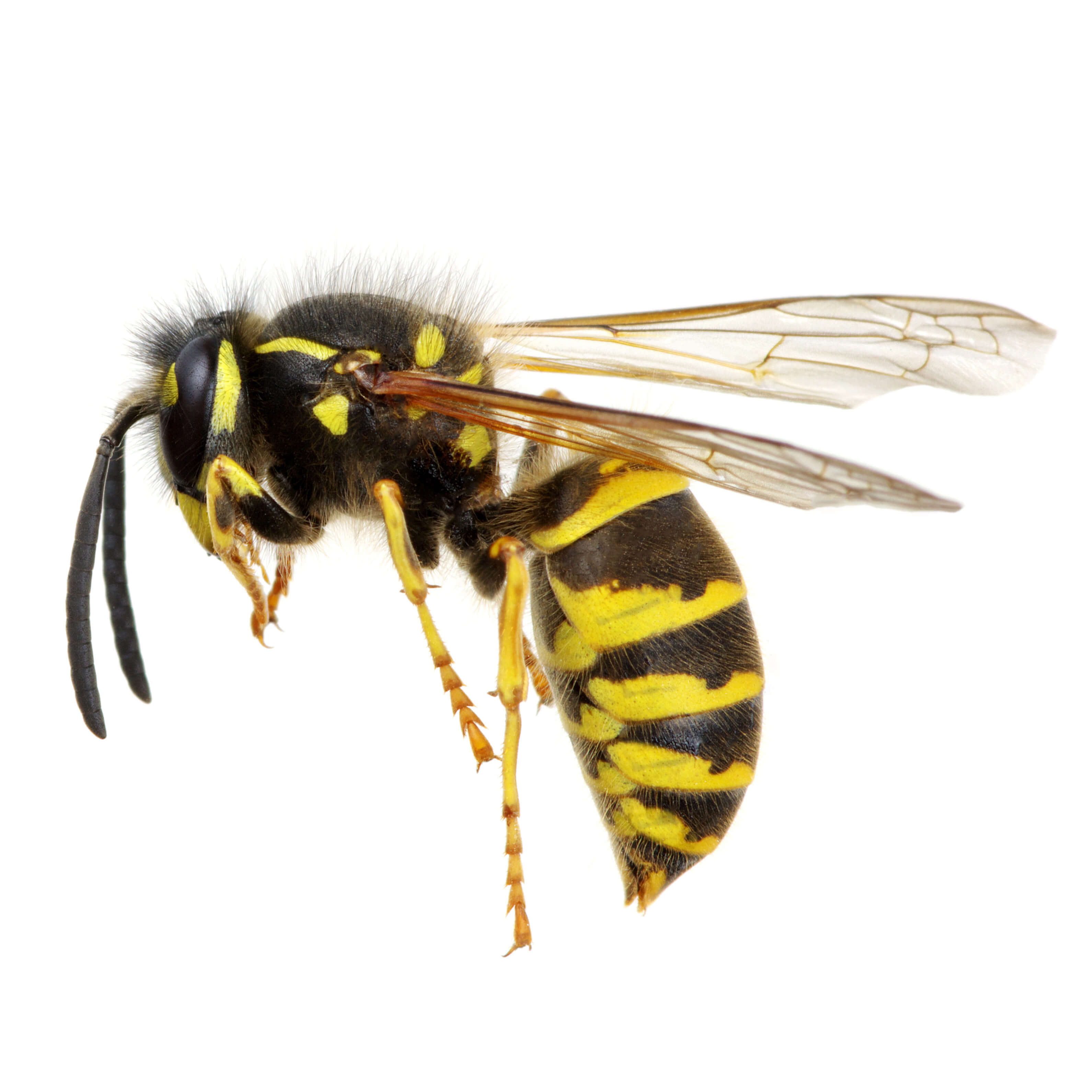
Wasps Facts Identification Control Prevention

Nature Education Centre Potter Wasp Angkut Angkut Is The Common Name For A Group Of Caterpillar Hunting Wasps Known For Their Pot Shaped Mud Nests Built By Some Species Potter Wasps Are Also Known

Life Cycle Of Fig Fig Pollinator Mutualism On Ficus Hispida Download Scientific Diagram
